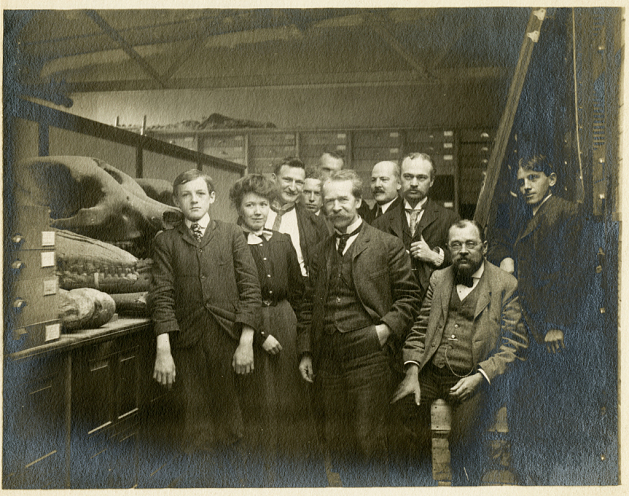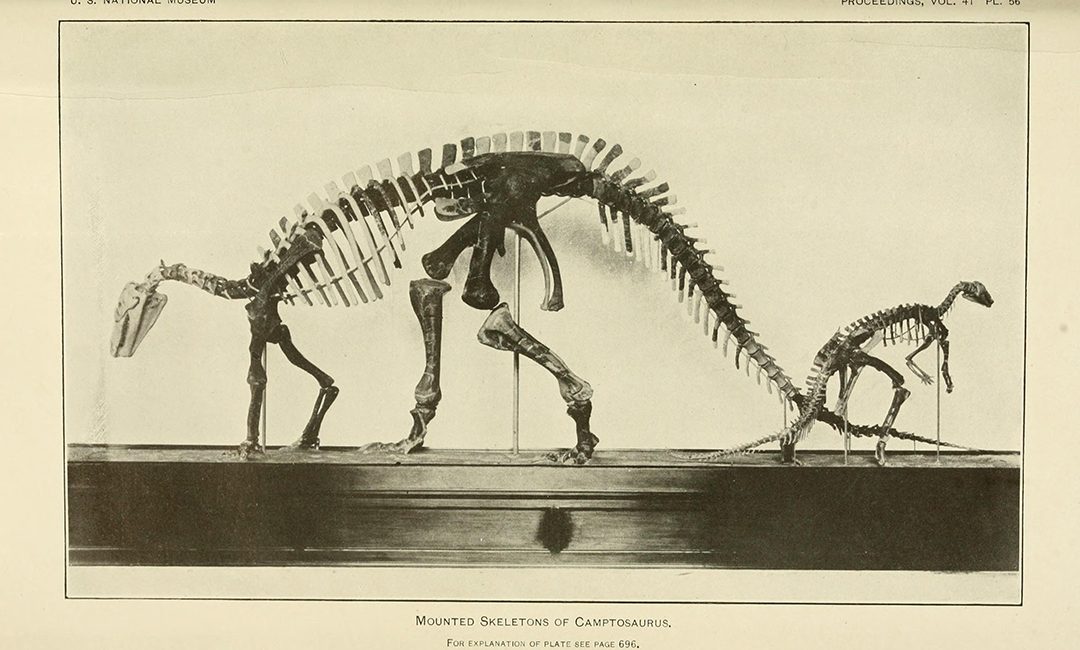‘Queen of the dark, whose tender glories fade In the gay radiance of the noon-tide hours.’ ‘That flower, supreme in loveliness, and pure As the pale Cynthia’s beams, through which unveiled It blooms, as if unwilling to endure The gaze, by which such beauties are assailed.’ These elegant lines are quoted in Curtis’s Botanical Magazine (v. 62, 1835) as part of the description for the Night-blowing (Blooming) Cereus (Selenicereus grandiflorus) and serve as an artful conveyance of the species’ nocturnal blooming. But these lines represent more than just a whimsical representation of plant behavior.
Continue reading













